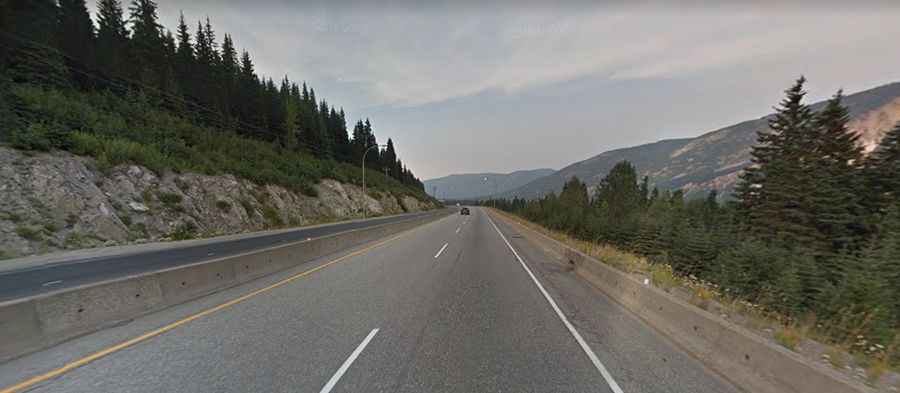Coquihalla Summit in BC is a chillout in high mountains
Coquihalla Summit is a mountain pass at an elevation of 1,249m (4,097ft) above sea level, located in British Columbia, Canada's westernmost province.

Why is it called Coquihalla Summit?
The pass is named after the Coquihalla River.
When was the road through Coquihalla Summit built?
The road was constructed in 1941.
How long is Coquihalla Summit in BC?
The pass is 115km (71 miles) long, running south to north from Hope to Merritt.
Is Coquihalla Summit in BC paved?
The road to the summit is totally paved. It’s called British Columbia Highway 5 (Coquihalla Highway). The ascent to the Coquihalla summit is very steep, especially from the south. The highway is pretty good; some sections have frost heaves and uneven pavement, but it's 2 lanes each way so slower traffic like trucks is not an issue. The ascent is particularly steep after passing northbound through the Great Bear snow shed. Although it is a modern highway, most truckers avoid traveling on it due to the extra gasoline expense that the steep inclines create.
Is Coquihalla Summit in BC open?
Set high in the Canadian Cascades, on the top of the Thompson Plateau, access to the pass is typically open all year round, with the occasional closure in winters due to dangerous weather conditions. Winter surprises are a real fear; sudden snowstorms, blowing snow, and fog often make winter driving hazardous and slow. At high elevations, it can sometimes get to be -30°C in cold winter weather. Avalanche chutes scar the mountainsides and are a visible reminder of the steep terrain that surrounds the highway. Winter tires or chains are required on most routes in British Columbia from October 1 to April 30. Smart drivers have lots of gas, carry winter clothing, a candle (for warmth), and a sleeping bag in the car just in case (chances are that you will never need those extras). Careful preparation for your trip will ensure that if, and when, things do go wrong, you are prepared for the situation. Make sure your vehicle is in good shape with summer coolant and good brakes and tires. In summer, because of the steady uphill grade of the highway, motorists must monitor their vehicles for overheating.